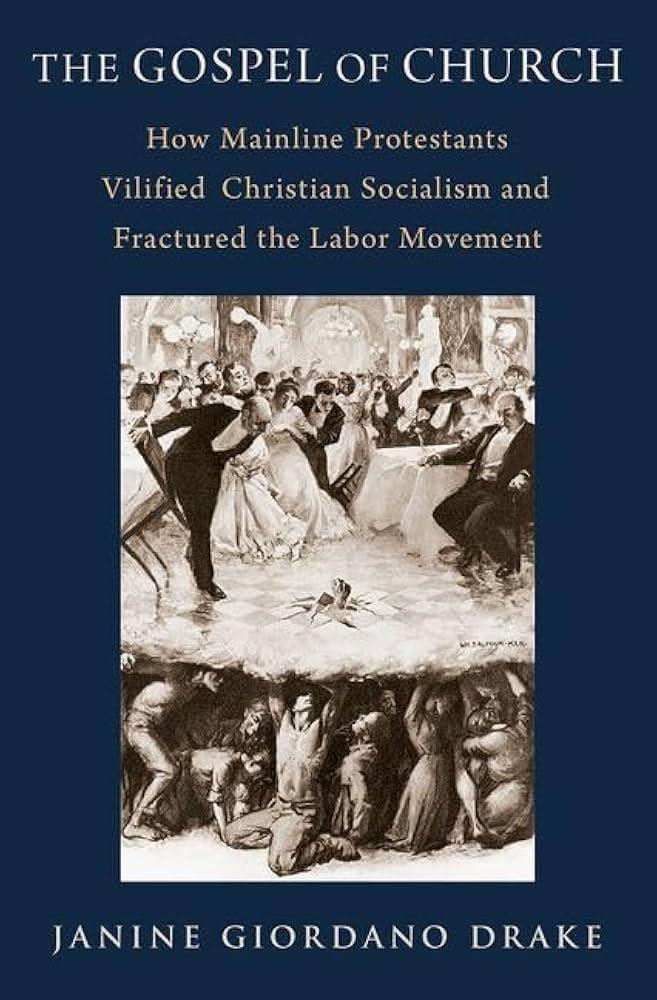For socialists, it was a heady moment. “By 1908,” Drake writes, “socialism was threatening worldwide Christianity as the dominant expression of justice and morality.” More than a century on, one cannot help but wonder: How and why did this surging radical Gospel fade into relative obscurity? And how did conservative Christianity, which was back on its heels in the Gilded Age United States, come roaring back into the center of national life?
Drake places the blame squarely on Protestant institutions—and on one in particular. When thirty-three denominations came together in 1908 to found the Federal Council of Churches (FCC), they declared their joint ambition “to manifest the essential oneness of the Christian Churches of America in Jesus Christ as their Divine Lord and Saviour, and to promote the spirit of fellowship, service and cooperation among them.” At that gathering, the FCC adopted the “Social Creed of the Churches,” which drafted official positions on a variety of industrial questions. The FCC declared itself in favor of “the abolition of child-labor,” the “suppression of the ‘Sweating System,’” and the establishment of “a living wage as a minimum in every industry.”
Historians have often interpreted the FCC as a vehicle for a moderate Social Gospel—not especially radical, but nevertheless in favor of a deeper engagement in the fight for a just society. Drake sees something much more sinister at work: a reactionary plot, born of the clergy’s simmering anxiety, to pull the United States back from the socialist brink. In establishing the FCC, Drake argues, “white Protestant ministers effectively formed a trust (a non-compete agreement) on Christian ideals in order to keep the labor movement from drawing on the Christian tradition with its political demands.” These ministers forged close relationships with the leaders of the AFL, and yet this “conservative alliance,” as Drake sees it, was never about advancing the cause of social justice. Rather, this partnership was “formed by a shared desire to preserve an older social order, a regime where aspirant-class white Protestant men in the North acted as foremen and supervisors over women, brown-skinned and racially ‘in-between’ people.”
